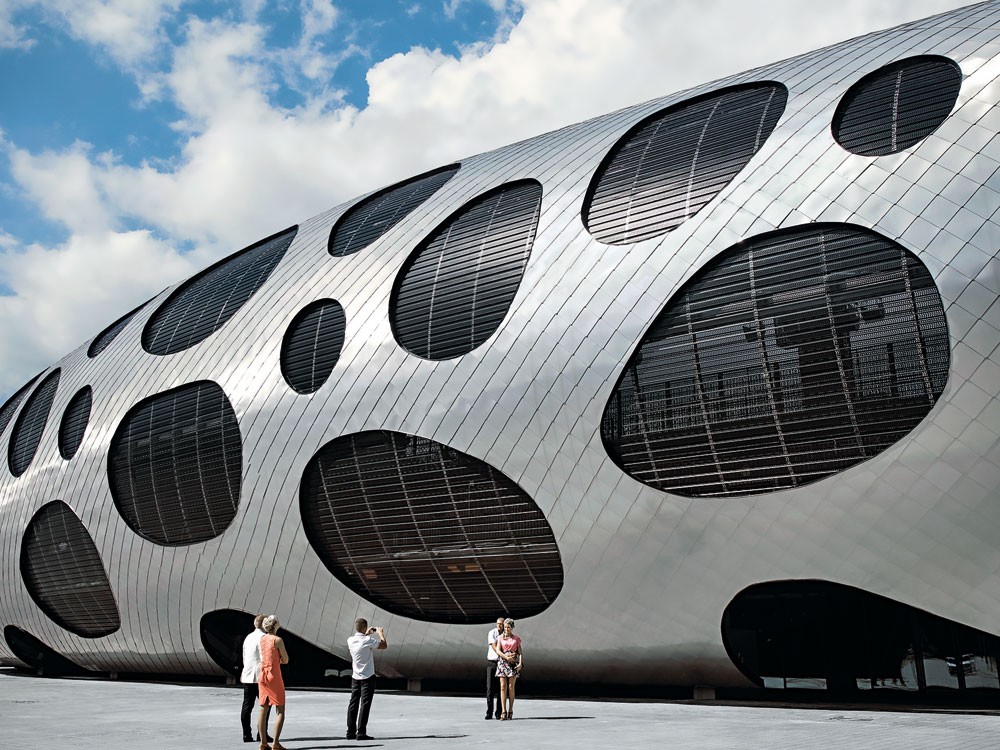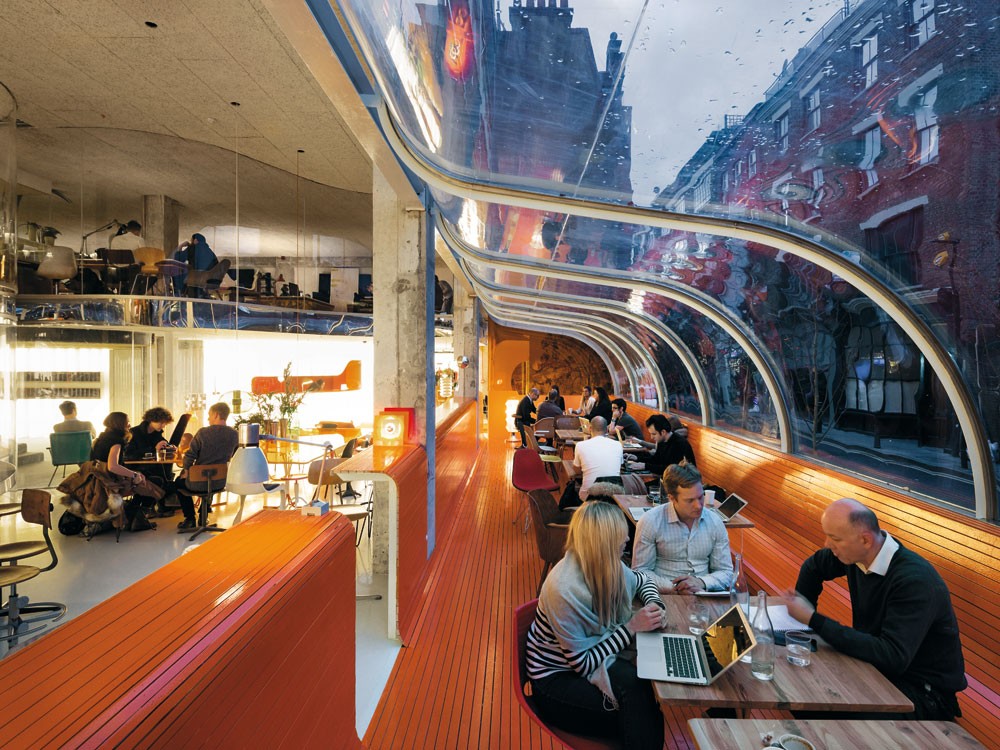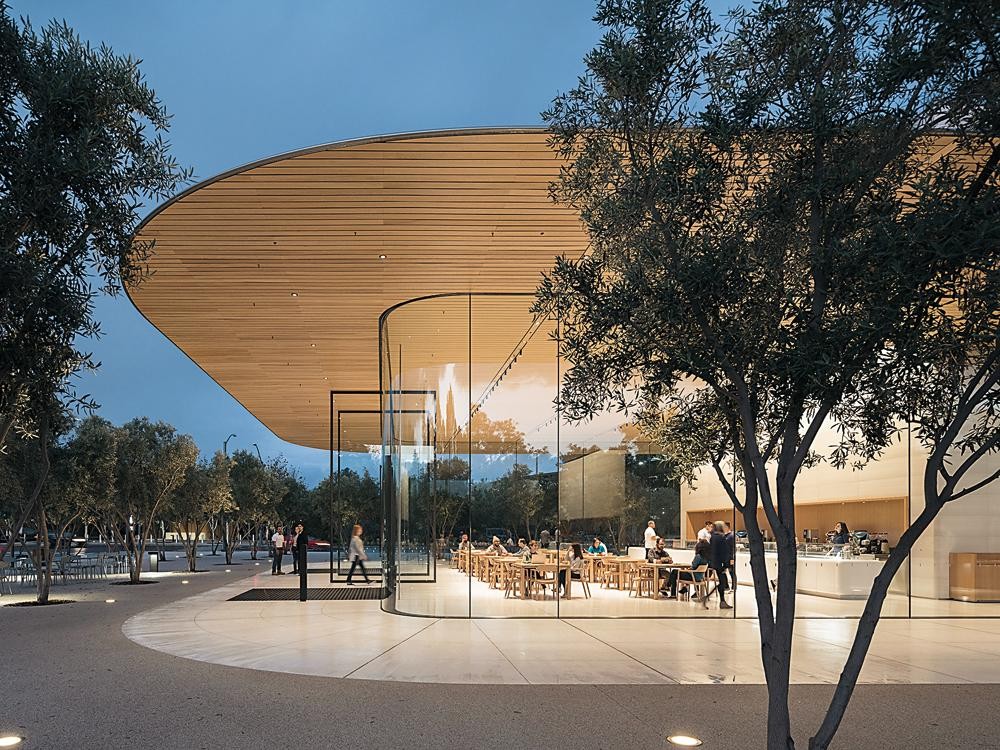
© Nate Umstead
Instead of describing the construction of the first European universities, it would be more appropriate to write a history of the teaching communities and institutions that existed in the early years. Neither in Bologna nor in Paris, where the predecessors of our modern universities were created around 1200, were buildings erected specially for that purpose. In Paris, Philip II placed teaching scholars under the jurisdiction of the Church. Papal recognition of this community and the first statutes followed a few years later. The Latin term “universitas” used in this context referred to the community of people bearing the titles “doctor” and “master”, not to a particular location or the subjects taught. In Bologna, the students were also included under this heading. Slowly, however, the process of developing the first actual universities manifested itself in architecture. Lectures were held in the multifunctional halls of churches and monasteries, and in private houses as well as in the open air. The first universities were, therefore, urban institutions, as in Paris. Based on the cathedral school of Notre-Dame in that city, for example, many university institutions were installed in converted buildings.










